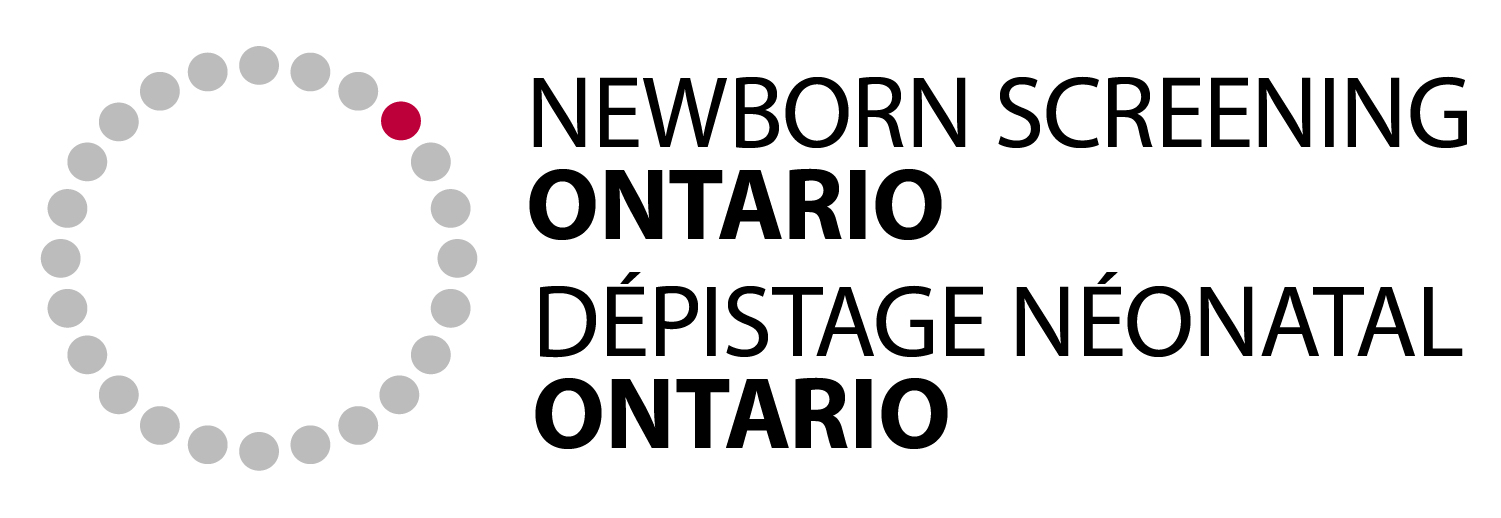Biliary Atresia Screening
Did you see pale poop in your baby's diaper? Click here to complete the Biliary Atresia Screening Contact Form.
* Images of your infant's stool can be uploaded within the contact form. This document highlights tips on taking a high-quality image.
What is biliary atresia?
Biliary atresia is a rare but serious disease of the liver and bile ducts. Bile is a digestive fluid that is made in the liver and empties into the intestine to help digest food. It enters the stool (poop) giving it a darker colour. In biliary atresia, bile cannot get from the liver to the stool, causing acholic (pale in colour) stool. This blockage causes buildup of bile in the liver, which can damage it. Without treatment, this can lead to liver failure and eventually death. Treatment for biliary atresia is a surgery to allow bile to move from the liver to the intestines.
How do you screen for biliary atresia?
Parents are the primary screeners for biliary atresia. An infant stool colour card (ISCC) is used to identify pale stools, which are often an early symptom. Parents are given the ISCC by the birth hospital or midwifery practice group. Parents will compare their child’s stool colour to the images on the ISCC during regular diaper changes for the first month of life. If they detect pale stool, they can contact Newborn Screening Ontario (NSO) using the contact methods shown on the card. When identification and treatment start early, babies with biliary atresia can have a better chance to grow and develop normally.
See our step-by-step guide to screening for biliary atresia or watch this video which summarizes how to screen your baby.
What does this mean for you?
Parents/guardians:
- Use the ISCC to screen your child’s poop for the first month of life.
- If pale poop is present, contact NSO by completing our contact form, or through the contact information on the card.
- If follow up is required, NSO will refer your baby to a specialist for more testing.
Health care providers:
- ISCCs are available to hospitals and midwifery clinics so they can be provided to all families with newborns in Ontario. ISCCs are available to order, free of charge, using the same distributor used for newborn screening dried blood spot collection cards.
- The ISCC itself is easy to follow. A brief explanation on its use should be provided to parents. Translated copies are available in various languages.
- Educational resources for health care providers are available on our Submitter Hub.
If you have any questions about biliary atresia screening, please don’t hesitate to contact us at: nsoba@cheo.on.ca.
Acknowledgments
NSO would like to acknowledge:
Dr. Rick Schreiber and Perinatal Services BC for sharing materials and guidance for Ontario’s provincial implementation of biliary atresia screening.
The Health Promotion Administration, Ministry of Health and Welfare, Taiwan, and Professor Mei-Hwei Chang, National Taiwan University, College of Medicine for authorizing the use of stool colour photos on the infant stool colour card.
Contact Us
Children’s Hospital of Eastern Ontario
415 Smyth Road
Ottawa, Ontario K1H 8M8
Toll-Free: 1-877-627-8330
Local: (613) 738-3222
Fax: (613) 738-0853
